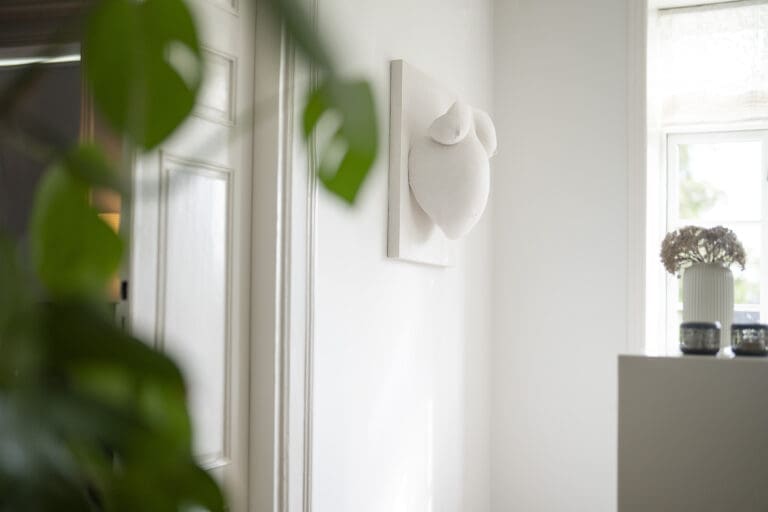The developing fetus is approximately 1 mm in diameter. The fetal system has grown into the lining of the uterus. The placenta forms and the fetus receives its nutrition and oxygen through the placenta. Waste products are removed through the placenta. The spinal cord is being formed, part of which will later become the brain.
You have chosen:

Calculate your due date
With our handy due date calculator, you can easily calculate your due date. The only information needed is the first day of your last period.
In case of insemination or egg retrieval, subtract 14 days from that date to get a more accurate due date.
Calculate your due date today and learn more about your due date and how far along you are in your pregnancy.
Worth knowing
Here we answer some of the most frequently asked questions about pregnancy and due dates.
Pregnant week by week – what happens?
Something new happens every week of pregnancy. In the first few weeks, you don’t notice the baby very much. But there is still a lot of progress in the baby’s size and development. Almost halfway through the pregnancy, most women will have felt life. At the same time, the baby also starts to respond to sounds.
How many weeks are you pregnant?
We all know that a pregnancy lasts 9 months. But how many weeks is that really?
A typical pregnancy lasts 40 weeks. Some give birth early and others go over their due date. For some, it can feel like a long time and for others, time just flies by way too fast. It often depends on whether the pregnancy is hard on the woman’s body, because 40 weeks can feel like a long time.
Keep track with a pregnancy calendar
One idea to help you pass the time is to make a pregnancy calendar. Hang up a calendar at home where you tick off the weeks. Each week you can check our week-by-week timeline at the bottom of the page, where you can read more about what’s happening inside your belly right now.
Can I plan my due date?
Whether you’re trying to avoid being pregnant in the middle of summer or want to plan for free time with your little one, you can try to plan your due date.
If you are able to get pregnant without help, just remember that it’s difficult to plan exactly when labour will happen.
Can my due date change?
Yes, your due date can change. While it’s definitely not a cause for concern, your doctor may change your due date for a number of reasons depending on how your pregnancy develops.
It could be that your early ultrasound scan was inaccurate. It could also be that your levels of alpha-fetoprotein (AFP), a protein made by the baby, are outside the usual range.
Talk to us if you have any questions.

 Phone. +45 76 24 50 20
Phone. +45 76 24 50 20  info@ivf-syd.dk
info@ivf-syd.dk 